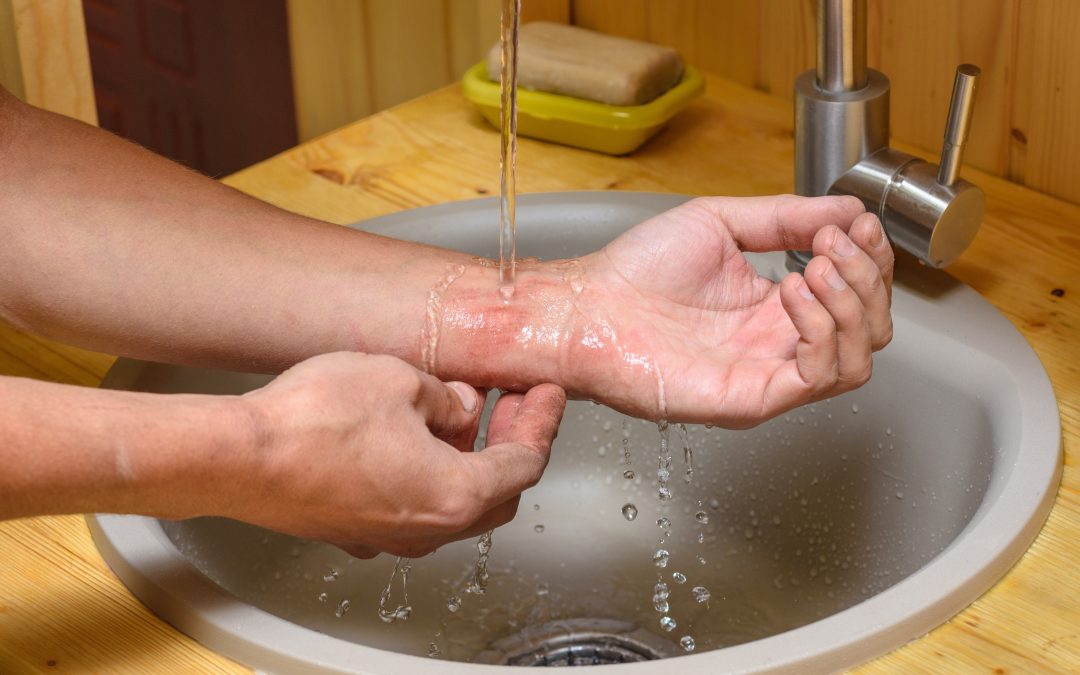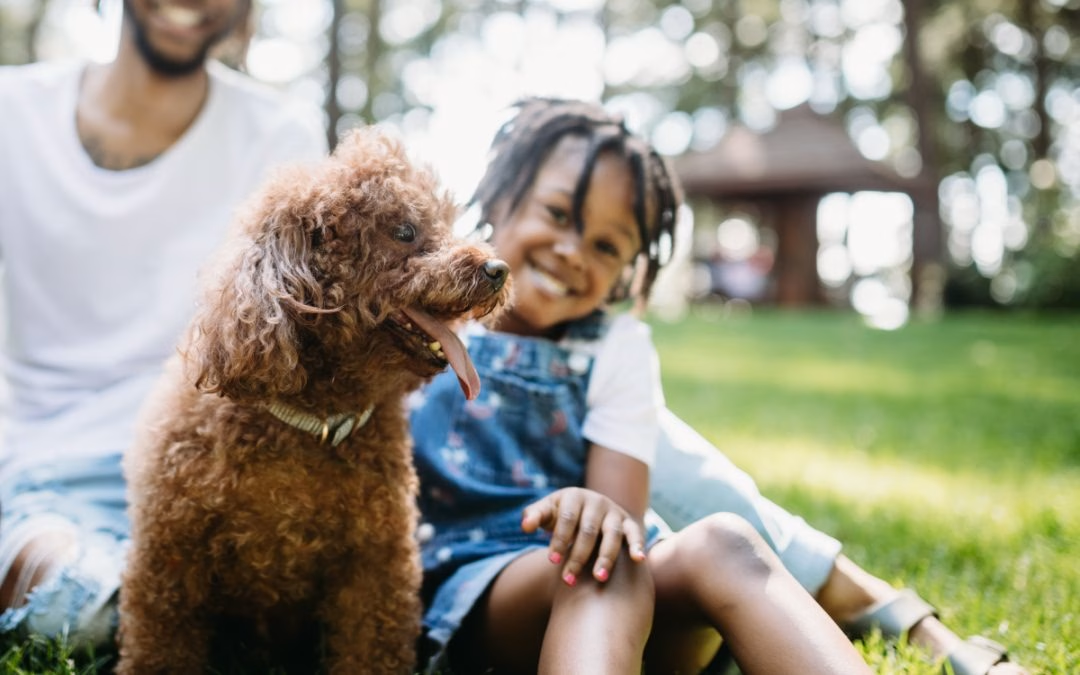How Do I Treat Cooking Burns?
Choosing to cook at home is a common New Year’s resolution, especially if you’re trying to improve your health. When you’re ready to venture out for an occasional meal, consider treating yourself to brunch at The French Market Creperie or a dinner at 35 North Bar and Grill when the mood strikes. Whether your goal is a healthier lifestyle or culinary exploration, prioritize safety as you cook at home this year. Refresh your knowledge of basic cooking guidelines and cook with passion and caution for a successful experience.
No one plans for a burn, but accidents are an inevitable part of life. Being prepared for these unexpected situations can make all the difference. Let’s delve into some essential tips on what to do if you find yourself with a burn, from initial care to recognizing when medical attention is necessary. If you need treatment for a minor burn, visit AFC Urgent Care Farragut for prompt, affordable care.
Burn Severity
- First-Degree Burns. These are superficial burns that impact the outer layer of the skin. Typically, they manifest as redness and pain but do not result in blistering.
- Second-Degree Burns. Advancing deeper into the skin, second-degree burns affect the second layer. Symptoms include redness, pain, swelling, and the development of blisters.
- Third-Degree Burns. The most severe among the categories, third-degree burns extend through all layers of the skin and affect underlying tissues. Their appearance may be characterized by white, black, or charred skin.
Understanding the gradations of burn severity is crucial in determining the appropriate response and level of care.
First Aid for Minor Burns
If a burn occurs, the initial first aid procedures are crucial. Contrary to common belief, using cold water or ice can do more harm than good. Instead, use cool or room-temperature tap water and allow it to run over the affected area for a full 10 minutes. This helps cool the burn and minimizes potential tissue damage.
After running water over the burn, apply a first aid burn cream or petroleum jelly and cover the burn with a clean bandage. This simple yet effective approach can significantly improve the healing process and prevent infection.
When to Get Medical Attention for a Burn
For some burns, going to a medical provider is the best option. If the burn exceeds the size of your palm or if there’s blistering, it’s time to get help. Following the guidelines set by the American Burn Association, consider professional treatment if you experience:
- Burns on the face, hands, feet, genitals, or major joints
- Third-degree burns
- Burns covering more than 10 percent of the total body surface area
How to Prevent Kitchen Burns
When it comes to kitchen safety, the best approach is always prevention. Check out these practical tips:
- Guard Your Hands. When dealing with hot pots, pans, or baking trays, make it a habit to use oven mitts or pot holders. This simple step provides a protective barrier, minimizing the risk of burns.
- Handle with Care. Turn pot handles toward the back of the stove to prevent accidental spills. This not only keeps your cooking area tidy but also reduces the chances of hot contents unexpectedly splashing.
- Clear the Danger Zone. Maintain a safe kitchen environment by keeping flammable objects at a distance from heat sources. This precautionary measure can prevent potential fire hazards and protect against burns.
- Cover Up for Safety. Consider wearing long-sleeved shirts and long pants to shield your skin from splatters. This added layer of protection goes a long way in minimizing the impact of accidental spills or splashes during cooking.
By incorporating these straightforward yet effective measures into your kitchen routine, you’ll significantly reduce the risk of burns and create a safer cooking environment. Remember, an ounce of prevention is worth a pound of cure!



